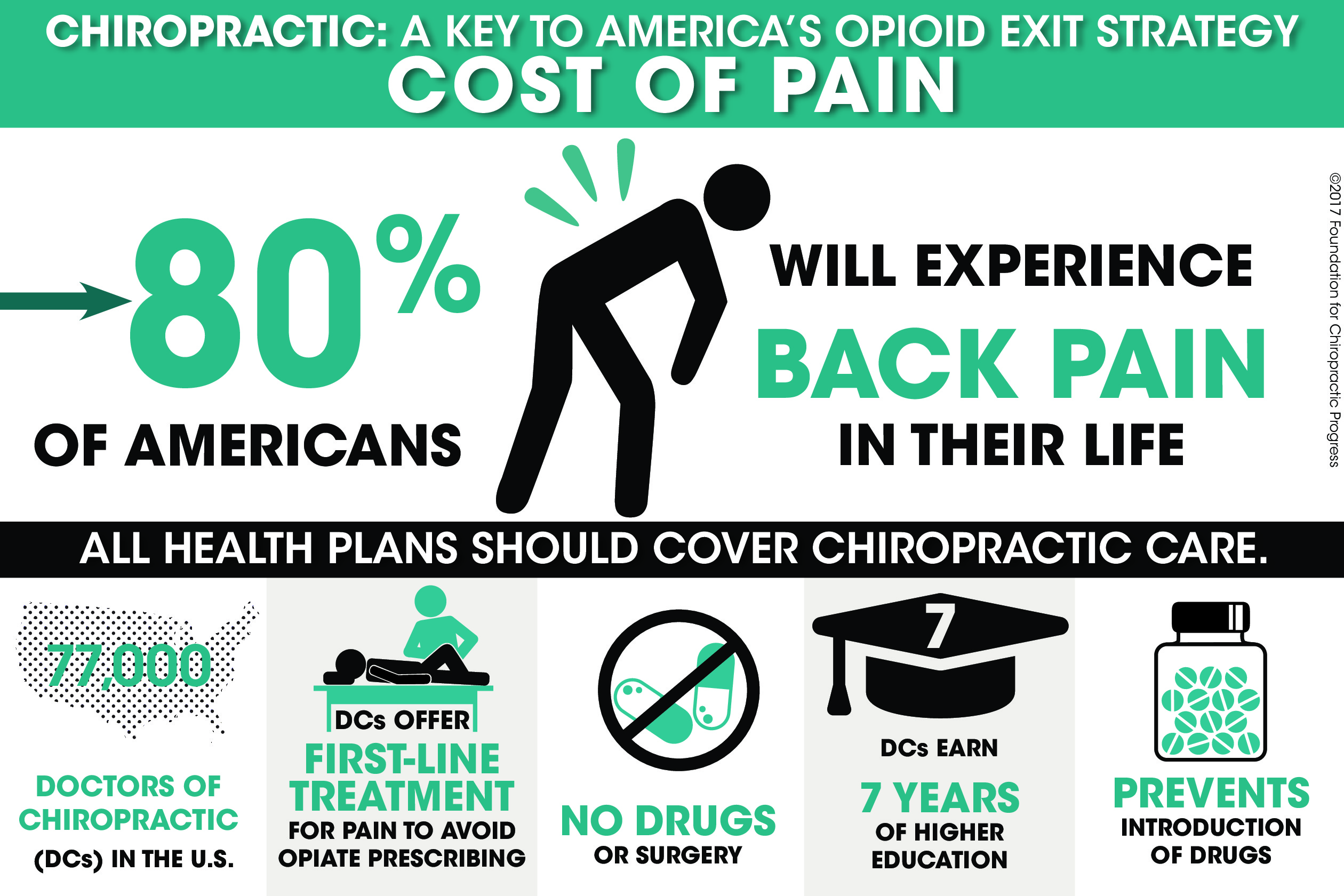Prepare Yourself To Delve Into The Fascinating World Of Cellular Interactions In Cold Laser Treatment And Exactly How It Uses Light To Help With Healing. Take A Deeper Dive Into The Scientific Aspects!
Prepare Yourself To Delve Into The Fascinating World Of Cellular Interactions In Cold Laser Treatment And Exactly How It Uses Light To Help With Healing. Take A Deeper Dive Into The Scientific Aspects!
Blog Article
Written By-Dougherty Roberson
You may have heard of cold laser treatment as an appealing treatment option for various problems, but have you ever before wondered how it actually works with a cellular level? Recognizing the mechanisms behind this therapy can shed light on its effectiveness in promoting recovery and lowering inflammation. By exploring the science behind cold laser therapy, you'll obtain insights into the fascinating ways in which light can affect mobile procedures and promote cells repair work.
Just How Cold Laser Treatment Functions
To comprehend exactly how cold laser treatment functions, you need to realize the basic principles of how light power communicates with biological tissues. Cold laser therapy, additionally known as low-level laser therapy (LLLT), makes use of details wavelengths of light to penetrate the skin and target hidden tissues. Unlike the intense lasers utilized in surgical procedures, cold lasers produce low levels of light that do not produce warmth or create damage to the tissues.
When these gentle light waves reach the cells, they're taken in by parts called chromophores, such as cytochrome c oxidase in mitochondria. This absorption triggers a collection of biological feedbacks, consisting of boosted cellular energy manufacturing and the release of nitric oxide, which enhances blood circulation and decreases swelling.
Additionally, the light energy can additionally stimulate the production of adenosine triphosphate (ATP), the power currency of cells, helping in cellular repair work and regrowth processes.
Basically, cold laser treatment utilizes the power of light energy to advertise healing and alleviate discomfort in a non-invasive and gentle way.
Systems of Action
Just how does cold laser therapy actually function to create its restorative impacts on biological tissues?
laser skin resurfacing fairfield ct , likewise called low-level laser treatment (LLLT), operates via a process referred to as photobiomodulation. When simply click the following website page is put on the skin, the light energy penetrates the tissues and is absorbed by chromophores within the cells.
These chromophores, such as cytochrome c oxidase in the mitochondria, are after that stimulated by the light power, bring about a waterfall of biological reactions. One crucial system of activity is the enhancement of cellular metabolism.
The soaked up light energy increases ATP production in the mitochondria, which is essential for mobile feature and repair work. Additionally, cold laser treatment assists to reduce swelling by inhibiting inflammatory arbitrators and advertising the release of anti-inflammatory cytokines.
This anti-inflammatory effect adds to discomfort relief and cells healing.
Restorative Impacts
Recognizing the restorative results of cold laser treatment entails recognizing exactly how the enhanced mobile metabolic process and anti-inflammatory residential or commercial properties add to its positive results on biological tissues.
When the cold laser is put on the afflicted location, it promotes the mitochondria within the cells, causing raised production of adenosine triphosphate (ATP), which is important for cellular feature and fixing. This increase in mobile energy speeds up the healing procedure by promoting tissue regrowth and decreasing inflammation.
Moreover, the anti-inflammatory properties of cold laser therapy help to lower discomfort and swelling in the targeted area. By inhibiting inflammatory mediators and advertising the launch of anti-inflammatory cytokines, cold laser therapy aids in easing discomfort and improving the general healing action.
This decrease in swelling not only provides immediate alleviation but additionally supports long-term tissue repair service.
Conclusion
In conclusion, cold laser treatment works by boosting mobile repair work and cells regeneration with photobiomodulation. Its anti-inflammatory residential properties supply pain relief and decrease swelling by inhibiting inflammatory conciliators.
This therapy provides a comprehensive strategy to recovery, providing both instant alleviation and lasting tissue repair work benefits.
Via its devices of action, cold laser treatment confirms to be an efficient and promising treatment option for a range of conditions.
